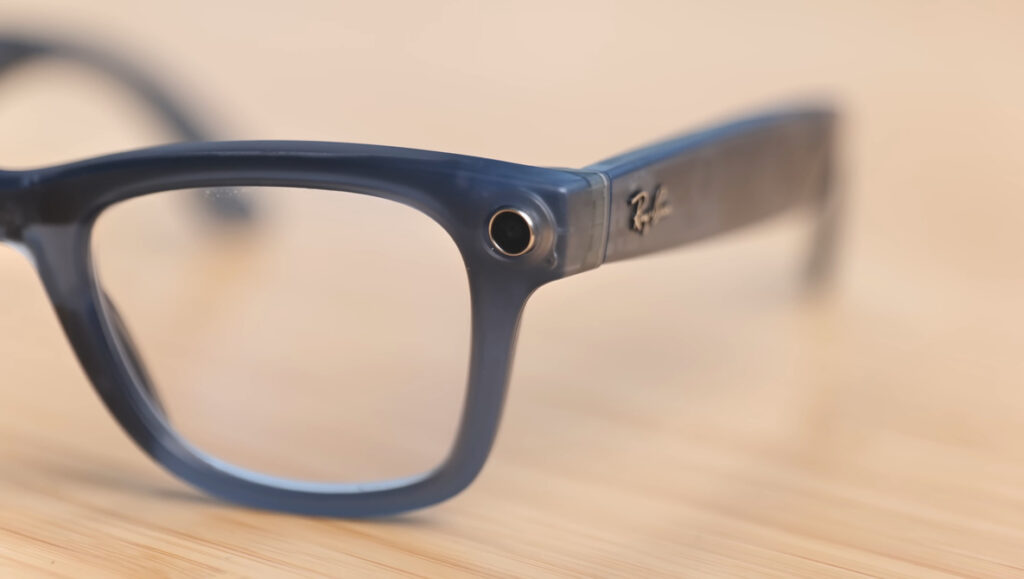
Smart glasses have transitioned from a futuristic concept to a practical device, enabling users to capture moments hands-free. These glasses, equipped with a 12-megapixel wide-angle camera, provide a unique way to document experiences without the need to fumble for a smartphone. In a recent review by James Warner, the capabilities and limitations of these devices are explored, highlighting their potential benefits and privacy implications.
Capturing Moments Effortlessly
The integration of cameras into eyewear offers a distinct advantage for spontaneous photography. Unlike traditional smartphones, smart glasses allow users to shoot from their line of sight. Warner’s review shows that while the camera’s output resembles older smartphone technology, it remains adequate for casual snapshots. The video quality reaches up to 1440p, and recording times are limited to three minutes, which may not satisfy those looking for high-quality cinematic experiences.
Despite these limitations, the hands-free nature of the glasses proves advantageous in various scenarios. Warner describes instances where the glasses excel, such as recording while cycling, capturing candid moments with family, or documenting tasks when hands are occupied. This functionality allows users to immerse themselves in the moment while still preserving memories.
Challenges and Privacy Concerns
While the benefits are notable, Warner also addresses several challenges associated with smart glasses. Users may experience lag when triggering shots, and the battery life can be disappointing. Furthermore, the requirement to use Meta’s ecosystem raises concerns about app lock-in, limiting user flexibility.
Privacy issues are another significant aspect of the conversation surrounding wearable cameras. With a lens positioned on the face, the potential for discomfort parallels the initial societal unease surrounding smartphones. Although the glasses include an indicator light to signal when recording is in progress, this feature does not fully alleviate privacy concerns. Warner notes that he would hesitate to wear them in sensitive environments, such as classrooms or restrooms, indicating that social norms have yet to adapt to wearable technology.
In conclusion, the discussion surrounding smart glasses extends beyond technical specifications. It emphasizes the delicate balance between practicality and social acceptance. As society continues to navigate the integration of such tools into daily life, the insights shared by Warner provide a valuable perspective for those considering wearable cameras. For a comprehensive look at the capabilities and limitations of smart glasses, viewers can watch Warner’s full review.
Alex Cooke, a Cleveland-based photographer and meteorologist, contributes to the broader dialogue about technology’s role in personal documentation and its impact on privacy norms.







